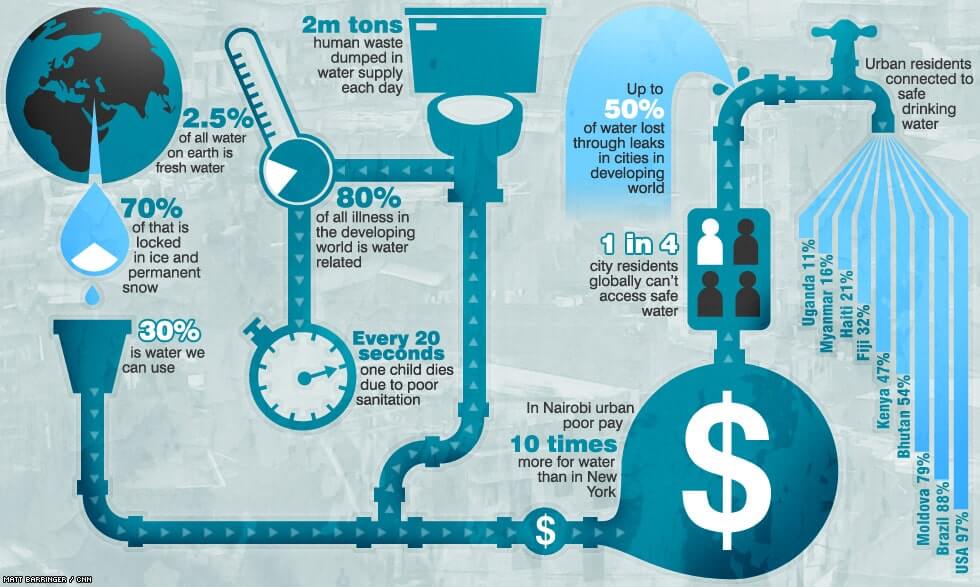The Ultimate Overview To Understanding Heat Pumps - How Do They Function?
The Ultimate Overview To Understanding Heat Pumps - How Do They Function?
Blog Article
Article By-Grady Bland
The most effective heatpump can conserve you significant amounts of cash on power expenses. see this page can additionally help reduce greenhouse gas emissions, particularly if you utilize electricity in place of nonrenewable fuel sources like propane and home heating oil or electric-resistance furnaces.
Heat pumps work quite the same as air conditioners do. This makes them a practical alternative to traditional electric home furnace.
How They Function
Heatpump cool homes in the summertime and, with a little aid from electricity or gas, they supply several of your home's heating in the winter months. why not find out more 're a good alternative for people that wish to reduce their use of fossil fuels but aren't prepared to replace their existing heater and cooling system.
They rely on the physical fact that also in air that seems too cool, there's still energy existing: warm air is constantly relocating, and it intends to relocate into cooler, lower-pressure settings like your home.
A lot of power celebrity certified heat pumps run at near their heating or cooling capability throughout the majority of the year, reducing on/off cycling and saving energy. For the best performance, focus on systems with a high SEER and HSPF rating.
The Compressor
The heart of the heatpump is the compressor, which is also called an air compressor. This mechanical streaming device utilizes potential energy from power creation to enhance the stress of a gas by reducing its quantity. It is various from a pump in that it just works with gases and can not collaborate with liquids, as pumps do.
Atmospheric air enters the compressor via an inlet valve. It circumnavigates vane-mounted arms with self-adjusting size that split the inside of the compressor, developing multiple tooth cavities of varying dimension. The rotor's spin forces these tooth cavities to move in and out of phase with each other, pressing the air.
The compressor pulls in the low-temperature, high-pressure refrigerant vapor from the evaporator and compresses it right into the hot, pressurized state of a gas. This procedure is duplicated as needed to provide home heating or cooling as required. The compressor likewise contains a desuperheater coil that reuses the waste heat and includes superheat to the refrigerant, altering it from its fluid to vapor state.
The Evaporator
The evaporator in heatpump does the exact same thing as it carries out in fridges and air conditioning unit, altering fluid cooling agent into an aeriform vapor that eliminates heat from the space. Heatpump systems would not function without this vital tool.
This part of the system is located inside your home or structure in an interior air handler, which can be either a ducted or ductless device. It contains an evaporator coil and the compressor that compresses the low-pressure vapor from the evaporator to high pressure gas.
Heatpump absorb ambient heat from the air, and afterwards utilize electricity to move that warm to a home or company in home heating setting. That makes them a whole lot a lot more power reliable than electrical heating systems or heaters, and since they're using clean electrical power from the grid (and not shedding gas), they likewise produce far less discharges. That's why heat pumps are such wonderful ecological selections. (As well as a massive reason they're becoming so prominent.).
The Thermostat.
Heatpump are excellent alternatives for homes in cool environments, and you can use them in combination with typical duct-based systems or perhaps go ductless. They're a great different to fossil fuel heating unit or typical electric furnaces, and they're more lasting than oil, gas or nuclear HVAC equipment.
Your thermostat is one of the most vital part of your heat pump system, and it functions really in a different way than a traditional thermostat. All mechanical thermostats (all non-electronic ones) job by using materials that transform size with enhancing temperature, like curled bimetallic strips or the broadening wax in a vehicle radiator shutoff.
These strips consist of 2 various types of steel, and they're bolted together to form a bridge that completes an electric circuit connected to your a/c system. As the strip obtains warmer, one side of the bridge expands faster than the various other, which triggers it to bend and signify that the heating unit is required. When the heat pump remains in heating mode, the reversing valve reverses the circulation of refrigerant, to ensure that the outside coil currently operates as an evaporator and the interior cyndrical tube becomes a c ondenser.